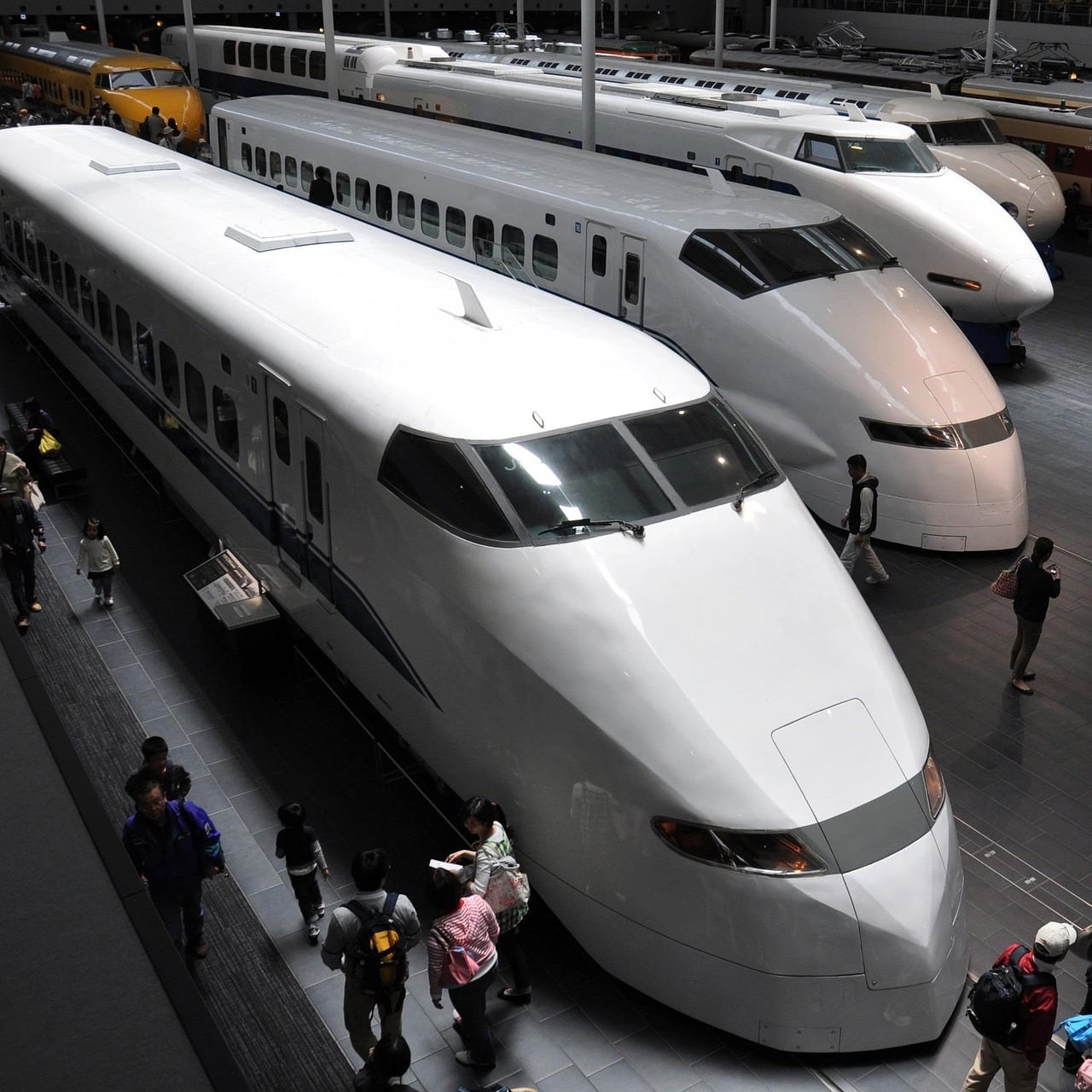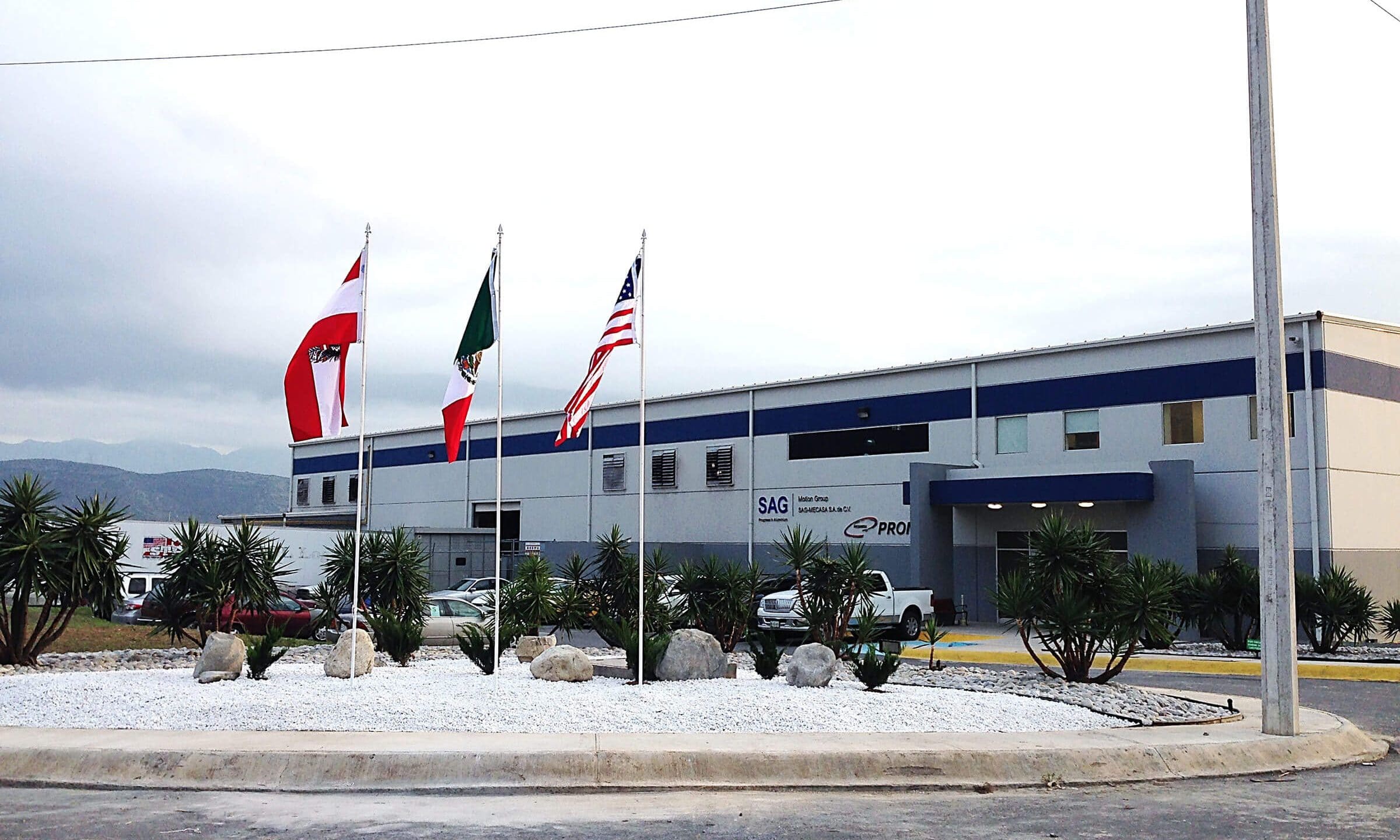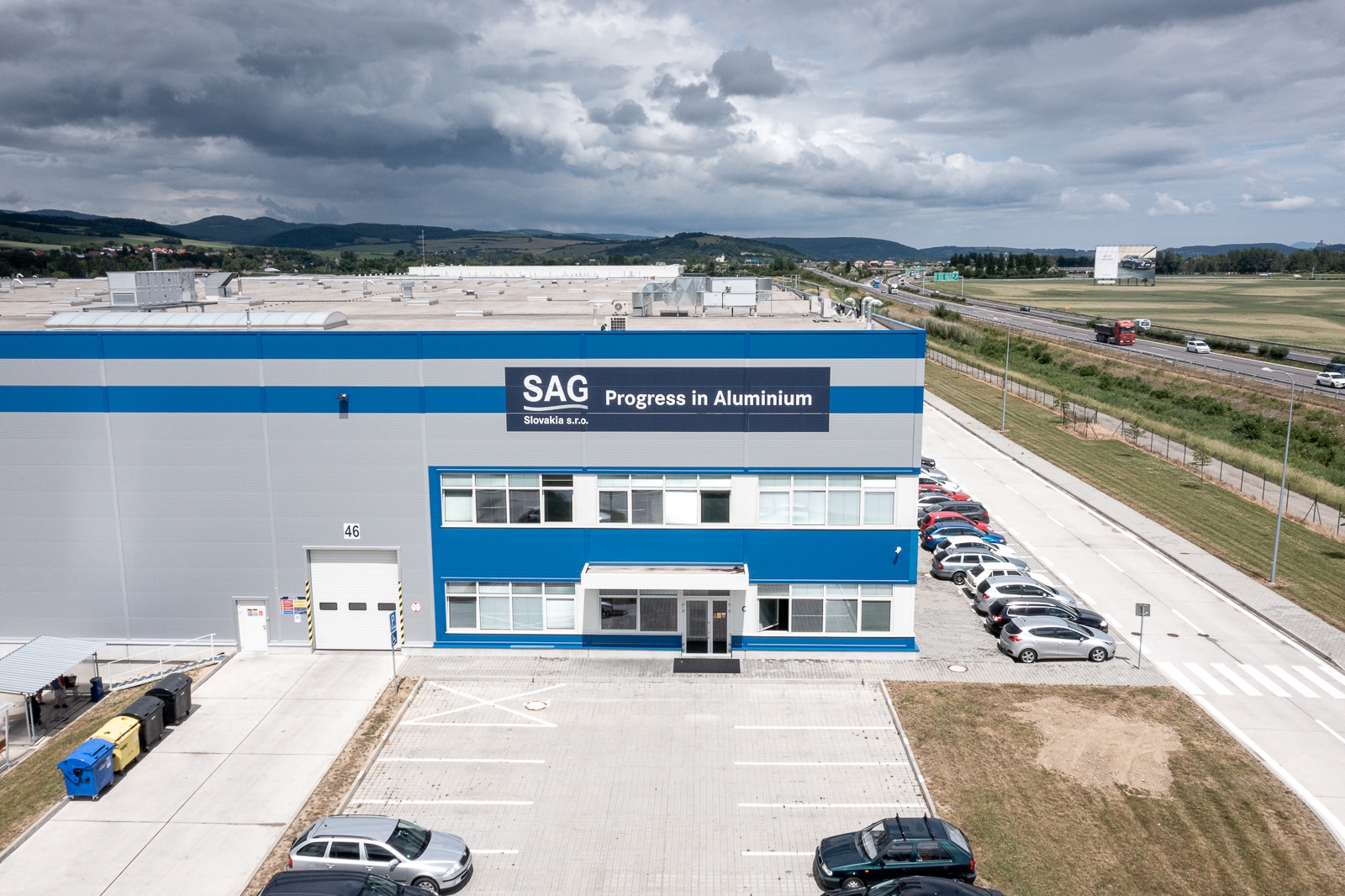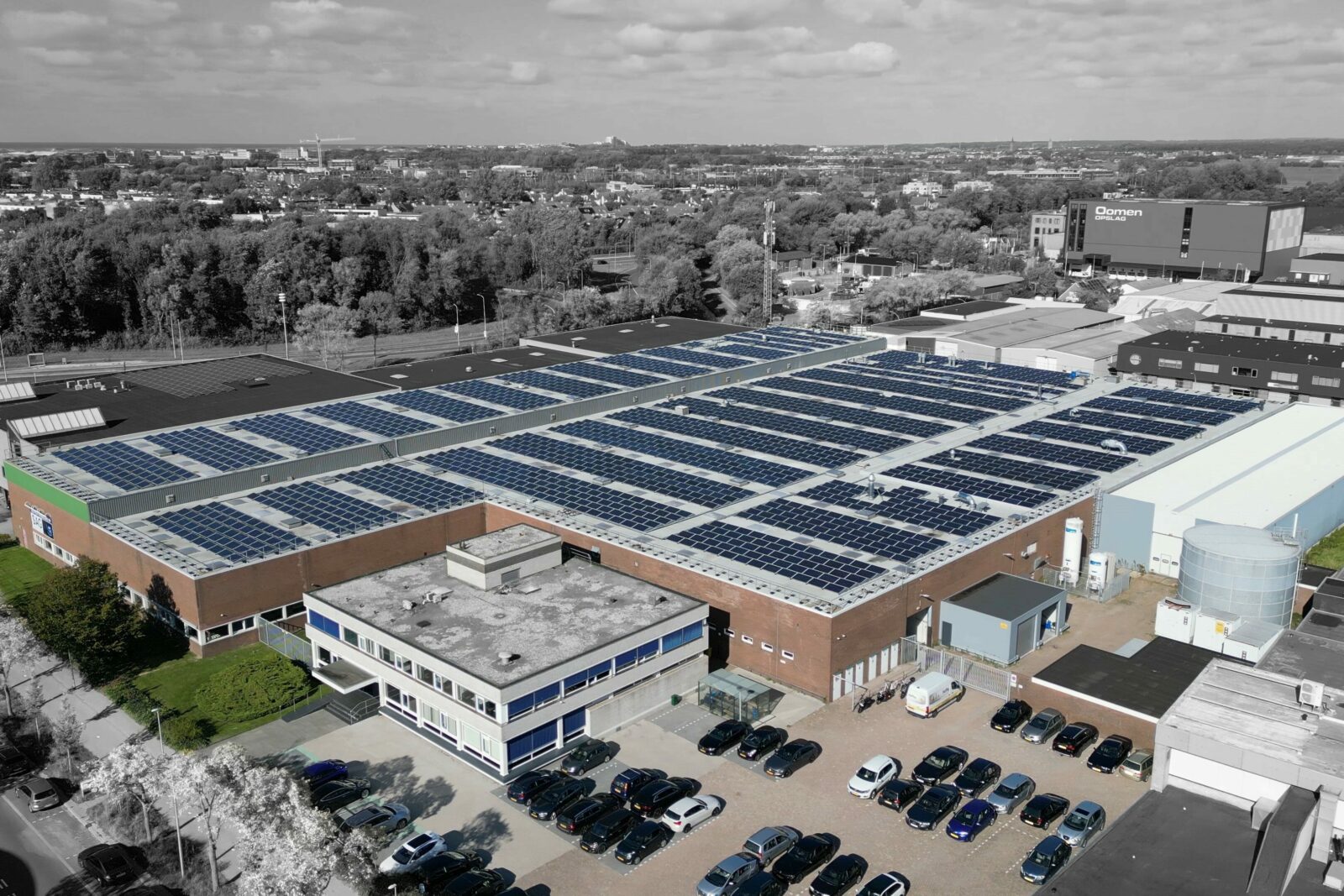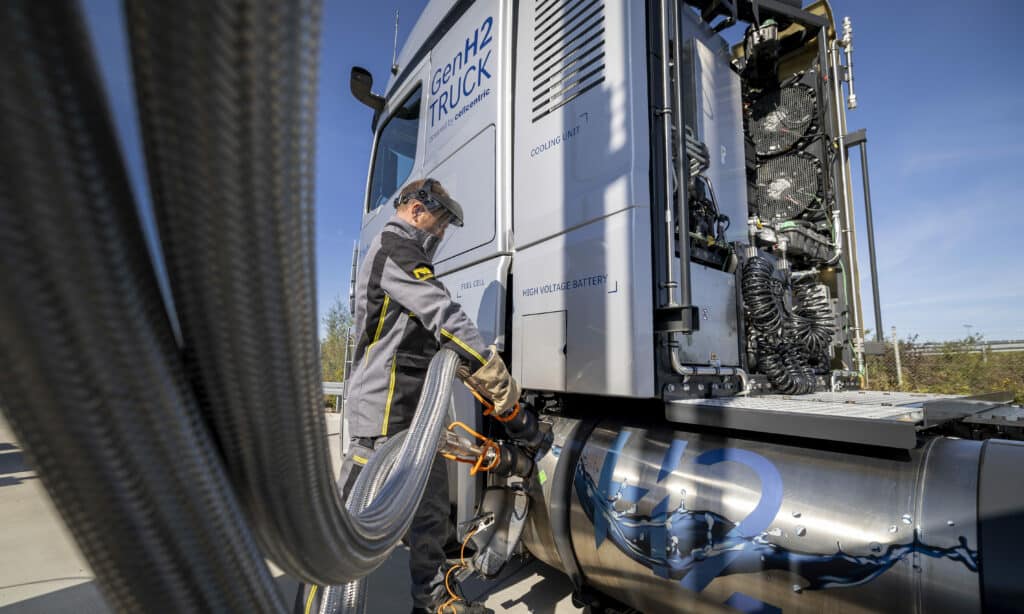
At the 46th International Vienna Motor Symposium, experts from the SAG Group presented a study on how LH2 can pave the way for emission-free rail transport on non-electrified lines
Large parts of the global rail network are not electrified. In order to achieve the decarbonization of this transport sector, which is predominantly powered by fossil fuels, CO2-neutral energy storage and drive solutions must be used. The use of liquid hydrogen as an energy carrier for rail vehicles – similar to commercial vehicles – is both a technically feasible and economically viable solution. This is shown by a study presented by R&D experts from the SAG Group at the 46th International Vienna Motor Symposium last week.
Complete electrification of railway tracks, while the most efficient solution from a drivetrain perspective, is not economically feasible for large countries like the United States, which has approximately 225.000 km of railways with less than 1% currently electrified. In contrast, Germany has over 60% of its railway network electrified. According to the German Federal Ministry for Digital and Transport the cost of installation of overhead lines is in the range of 1.4 to 3.6 million EUR/km. This is not affordable for lightly used railways. So alternative solutions are required.
At the 46th Vienna International Motor Symposium in May 2025 SAG’s experts presented a comprehensive study about “Liquid hydrogen as attractive energy storage solution for railway applications”. The paper focusses on hydrogen fuel cell based systems and battery based systems which are benchmarked compared to systems with catenary lines. For hydrogen fuel cell based systems gaseous high pressure storage cGH2 and liquid hydrogen storage LH2 are differentiated. High pressure storages are the most widespread storage system for hydrogen in train applications so far. However, liquid hydrogen storage systems have been proven e.g. for heavy duty truck applications and seem to be a suitable solution also for train application. As a leading developer of advanced LH2 tank systems, SAG Group is at the forefront of developing efficient solutions for sustainable mobility with zero emissions.
The global railway sector is under increasing pressure to reduce its carbon footprint. While rail transport is already one of the most energy-efficient modes of transportation, further efforts are essential to meet ambitious climate targets. Countries like Germany, aiming for climate neutrality by 2040, and the European Union, striving for a 55% reduction in emissions by 2030, are actively seeking innovative solutions to replace diesel-powered trains on non-electrified routes.
“Liquid hydrogen offers exceptional energy density and efficiency, making it a superior choice for long-range, heavy-duty applications like railways,” said Peter Loidolt, Head of R&D, SAG Group and co-author of the study. “Our state-of-the-art LH2 tank systems provide reliable and safe hydrogen storage, unlocking the full potential of hydrogen-powered trains.”
While high-pressure gaseous hydrogen storage has traditionally dominated the market, liquid hydrogen storage systems offer significant advantages. They reduce storage volume, extend operational range, and minimize refueling frequency. These benefits are particularly crucial for rail applications, where infrastructure constraints often limit the expansion of electrified networks.
SAG’s LH2 storage technology is designed to meet stringent safety and performance standards, ensuring seamless integration with hydrogen fuel cell-powered trains. By partnering with railway operators and policymakers, the company is committed to supporting the transition to zero-emission rail transport.
“Investing in the infrastructure for liquid hydrogen is a strategic step towards a sustainable transport future,” says Karin Exner-Wöhrer, CEO of the SAG Group. “With our tank technology, we can drive innovation in the rail sector and reduce the carbon footprint to make clean rail travel without diesel a reality.”
The study is ready for download under Railroad industries – Industries | SAG Group.
SAG Group: Global player with a local footprint in 6 countries and 9 locations
The company goes back to Salzburger Aluminium AG, founded in 1898, and today employs around 1100 people at a total of nine locations in Austria, the Netherlands, Slovakia, Spain, Mexico and the United States. As a leading manufacturer of aluminum tanks for trucks, SAG is a global supplier to many well-known OEMs. Other products include lightweight components for chassis, air accumulators, compressed air tanks and special components for the passenger car, commercial vehicle, rail and special vehicle industries. The company is the technology leader in the field of cryogenic tanks for LNG & LH2 (Liquefied Natural Gas & Liquid Hydrogen) and was the first company to bring Rheocasting (special casting processes for Aluminium components) into series production. In 2024, the turnover of the entire group amounted to around 190 million Euros.
As part of the GreenTech Award ceremony, SAG Group 2024 was awarded a special prize as “Leading Innovator” for the third time. The reason for this is the company’s numerous patents for innovations that make a significant contribution to climate protection.
Share this article
News
you might also like
Stay up to date with the latest developments at SAG. From groundbreaking innovations to industry insights and company milestones, our news section keeps you informed. Explore our latest updates and see how we’re shaping the future.

SAG GROUP
